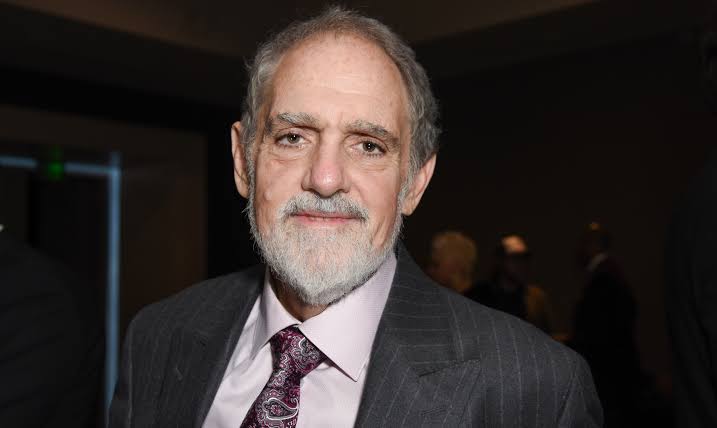
Stepping into the “Post-War Collection of Contemporary Nigerian Art” curated by Olusegun Paul Andrew at Alliance Francaise in Lagos, visitors are met not just with vibrant canvases but with powerful reflections of history and identity.
Among the featured artists, Ayogu Kingsley stands out with his hyper-realistic portraits that challenge perceptions and spark dialogue about representation and power.
Kingsley’s signature style isn’t just about technical mastery; it’s a deliberate act of inclusion and empowerment. His oil paintings depict black icons like Malcolm X, Chinua Achebe, Thomas Sankara, Kanye West, Fela Kuti, and Virgil Abloh, among others, reimagined as “Icons in the White House.”
During an insightful interview amidst the art-lined walls, Kingsley opened up about the inspiration behind his compelling artwork, revealing that “it is born out of the need for us to have more black representation in museums, more of our faces.”
For Kingsley, this series isn’t simply artistic whimsy. It’s a deliberate act of representation, a yearning for future generations, including his children, to visit museums and witness individuals who resemble them—individuals who have achieved greatness and made significant contributions in the halls of history, not just in America but across the African diaspora.
He elaborated that his art is a means of paying homage to cultural icons who, despite facing challenges, chose to build something exceptional. “It’s about paying homage to these cultural icons whose lives could have taken any path, yet they chose to build something exceptional,” he explained, “to strive for excellence.”
The White House, in Kingsley’s paintings, becomes a potent symbol of power and possibility. “It’s a metaphor,” he describes, “a ‘What if?’ scenario. What if these incredible individuals had the ultimate platform to shape the world?” Kingsley’s imaginative leap challenges viewers to envision a future where black leadership is not just accepted but celebrated.
A prime example is the portrait of Chinua Achebe. At first glance, the artwork strikes us with its bold contrast. Achebe, a towering figure of African literature, stands amidst the familiar yet alien backdrop of the Oval Office. His traditional Igbo attire, adorned with leopard skin patterns, serves as a powerful reminder of his cultural roots and the enduring influence of African heritage on the global stage.
But the White House itself is not depicted in its usual grandeur. This deliberate choice is laden with symbolism. By placing Achebe in this seat of power, Kingsley challenges traditional narratives of political representation and reimagines a world where African voices occupy the highest echelons of global discourse.
Choosing these iconic figures for painting is not a random process for Kingsley. He shared that his selection isn’t limited by borders, adding that he “usually chooses a character and starts studying their life because to make a realistic painting such as this requires serious attention and time. You have to be in love with the person. When I read about these characters, I just fall in love with them and bring that love to the moments of making it.”
As visitors immersed themselves in the thought-provoking pieces on display, Ken Nwadiogbu, a Nigerian-born multidisciplinary artist based in London, was visibly moved by the exhibition.
“It’s truly inspiring to see these works live,” Ken says. “Seeing them online was good, but experiencing them in person is something entirely.”
He particularly commended the exhibition’s focus on showcasing the talent of young artists, acknowledging the crucial role of collectors in supporting their development.
Kingsley’s Kanye West and Virgil Abloh artwork,for Ken, resonated deeply on a personal level.
He said he sees their story as a mirror to the struggles faced by many creatives, particularly those from marginalised communities.
Ken says, “Because these are two friends who have one common goal: to dominate in a creative space, whether fashion or music. And they did that and they’re able to go against all the norms, They were able to go against all the restrictions and all the boundaries.”
“And when I see myself as a creative, I see myself in that same light that, you know, we have to fight all of these things to become, you know, able to express ourselves without any restriction. These people had no restrictions in expressing themselves and the whole world loved them for that. So I think the work is paying homage to that creativity and that determination to be able to be creative without any boundary.”












